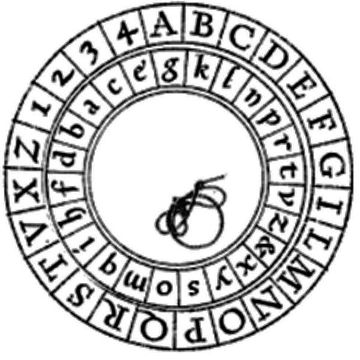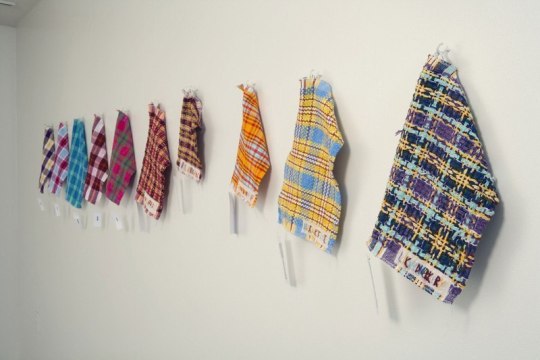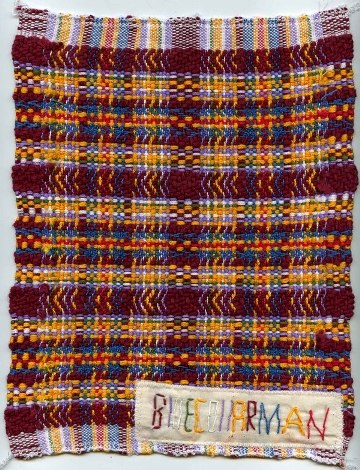
Alberti cipher disk, used for encrypting text. Photo source: https://www.ncard.co.cc
We speak in code when words aren’t safe to say. Faced with threats, our language goes subterranean, carving new passageways of communication.
Encrypted messages use accepted forms of expression—recognizable letters, numbers, or physical symbols—but configure them according to secret and contrary systems of organization. During the Underground Railroad, a lantern on a hitching post signaled to runaways that safety was inside. By using a common element of domestic architecture differently, new meanings were conveyed. Should danger approach, the sign could easily be explained as merely lighting the way.
Codes also delineate groups; knowledge of a secret language can function as a membership card. The Freemasons protected their rituals by encoding them with a secret cipher.
In a culture where heterosexuality is assumed and explicitly celebrated, expressions of gay identity are frequently made in alternate languages, such as dress. In the 1980 movie Cruising, undercover cop Al Pacino gets inducted into the Lower East Side gay male bar scene through an explanation of the handkerchief code.
[youtube:https://www.youtube.com/watch?v=_ok_SM-aSb4]
San Francisco artist Jeremy Sanders is particularly interested in the ways gay men express themselves through clothing. He found a rich metaphor for gay male dressing habits in his study of Scottish tartans. “Tartans are a fabric that people used to identify as being a part of something, in this case, Scottish, and then particular clans or families,” he said.
“I think of the 1970s or ’80s, the handlebar mustache and sideburns and plaid flannel shirt and tight jeans and boots” in gay male dress, Sanders said. “It was a way that you could send signals to other gay men, particularly in places like New York or San Francisco. To the untrained eye, they could pass as a straight man.”
Sanders weaves coded plaids whose messages speak to gay male strategies of sartorial identification. Using a subjective system derived from his experience of synesthesia, in which numbers and letters correspond to colors, he spells out words with hues.

Jeremy Sanders, "Clone." Courtesy the artist.
Playground taunts and slang terms are expressed in warp and weft — “fag,” “fairy,” “queen,” and “clone.” Stripes and checks spell out the stereotypical gay male professions of “hairdresser” and “interior decorator,” vocations that function as substitutes for explicit expressions of sexuality in countless movies and sitcoms.

Jeremy Sanders, "Cum rags." Courtesy the artist.
One of his recent series drew on language used by gay men over the Internet, re-encrypting already coded messages in a series of rags. Sanders took code from Craigslist ads, user names like STR8 and VGL, M4M and POZ.
“I started weaving cum rags based on those words,” he said. “I approached guys that I liked on this one website and I said, ‘I’d like to weave this piece of cloth for you,’ and I asked them to use it in one video and post it to this website. I was amazed at how many responses I got.”
The men returned the cloths to Sanders, introducing a tactile intimacy into a normally virtual exchange. Seven of the used rags recently sold at a gallery in Los Angeles.

Jeremy Sanders, "BLUECOLLARMAN." Courtesy the artist.
Sanders’s codes are ultimately subjective, illegible to all but the artist. We take his word that this rag spells out the username “BLUECOLLARMAN.” We trust that a tartan says “clone”; he could be lying. In this way, his works remain encrypted to the viewer. Without his textual explanations, the textiles could easily blend into a rack of store-bought clothing. But camouflage is the code’s hallmark, and plausible deniability is a must for any encryption that wants to survive in enemy territory.
The words Sanders chooses are ultimately less important than his works’ greater suggestion: while our everyday objects may not speak as clearly as his cloths, they are embedded with meanings we are often not ready to say aloud.




